When it comes to combining the precision of darts with the strategic depth of golf, the most widely embraced version is the standard **Golf darts ruleset** using a regular dartboard and aiming for numerical ‘holes’ from 1 to 9 or 1 to 18, mimicking a round of golf. This article will explore everything you need to know about this popular game, including variations, scoring, and strategies to improve your game.
⚠️ Still Using Pen & Paper (or a Chalkboard)?! ⚠️
Step into the future! The Dart Counter App handles all the scoring, suggests checkouts, and tracks your stats automatically. It's easier than you think!
Try the Smart Dart Counter App FREE!Ready for an upgrade? Click above!
Understanding the Most Popular Golf Darts Ruleset
The appeal of Golf darts lies in its simplicity and the way it translates the essence of golf into a compact, indoor game. While there are variations, the core ruleset remains largely consistent, making it the **most popular Golf darts ruleset** enjoyed by players worldwide. This simplicity makes it easy for beginners to pick up, while the strategic elements provide a lasting challenge.
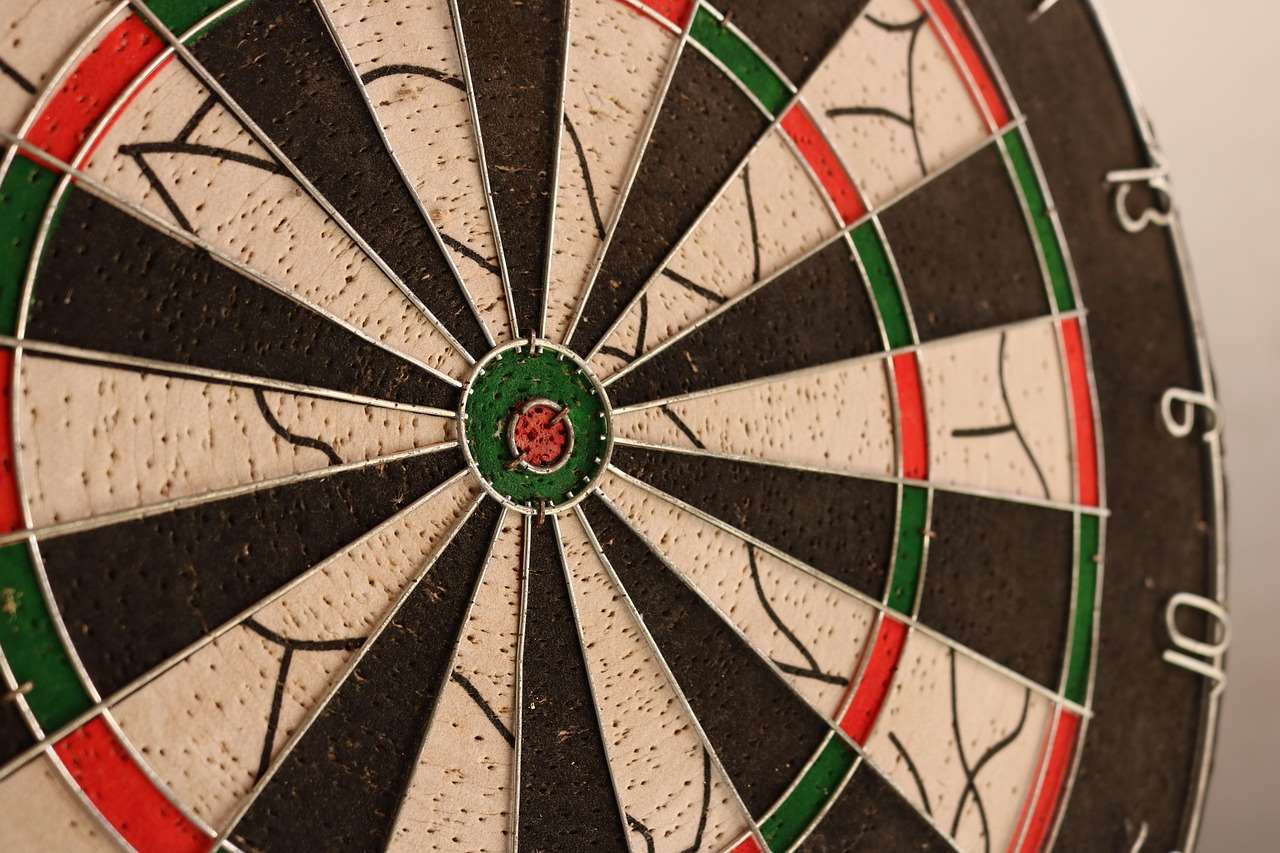
Here’s a breakdown of the basic rules:
- The Goal: Complete either 9 or 18 “holes” (rounds) with the lowest score possible, just like in traditional golf.
- The Board: A standard dartboard is used.
- The “Holes”: Each round corresponds to a specific number on the dartboard. Round 1 is aiming for the ‘1’ section, Round 2 for ‘2’, and so on. You will continue this pattern, depending on if you’re playing 9 or 18 holes.
- Turns: Each player throws three darts per round (per “hole”).
- Scoring:
- Hitting the target number (single segment): 1 point (a “par”).
- Hitting the double of the target number: 2 points (a “bogey”).
- Hitting the triple of the target number: 3 points (a “double bogey”).
- Hitting outside the target number’s segment: 4 points.
- Missing the board entirely: 5 points.
- Winning: The player with the lowest cumulative score after all holes is the winner.
Variations on the Standard Golf Darts Rules
While the core rules remain consistent, several variations add a twist to the game. These variations often adjust the scoring system or introduce new challenges, catering to different skill levels and preferences. These variations often involve adjusting the scoring system or number of “holes” played.
Adjusting the Number of Holes
The most common adjustment is playing only 9 holes instead of 18, a shorter version perfect for quick games. This doesn’t change the **Golf darts ruleset** too much, but it makes it quicker. Another variation might be playing a full 18 holes, but reducing the number of darts per turn to two, increasing the pressure on each throw.
Altering the Scoring System
Some players introduce a “birdie” (0 points) for hitting the bullseye on the target number’s round. Another common variation involves giving the outer bull a different score compared to the inner bull on particular holes or rounds, adding further complexity and the need for strategic play in dart placement.
Adding Obstacles
An interesting variation is to designate certain numbers as “water hazards” or “sand traps.” Hitting these numbers adds a penalty point (or more), making the game more challenging and adding a risk/reward element. This is something that spices up the **Golf darts ruleset**.
Essential Strategies for Golf Darts Success
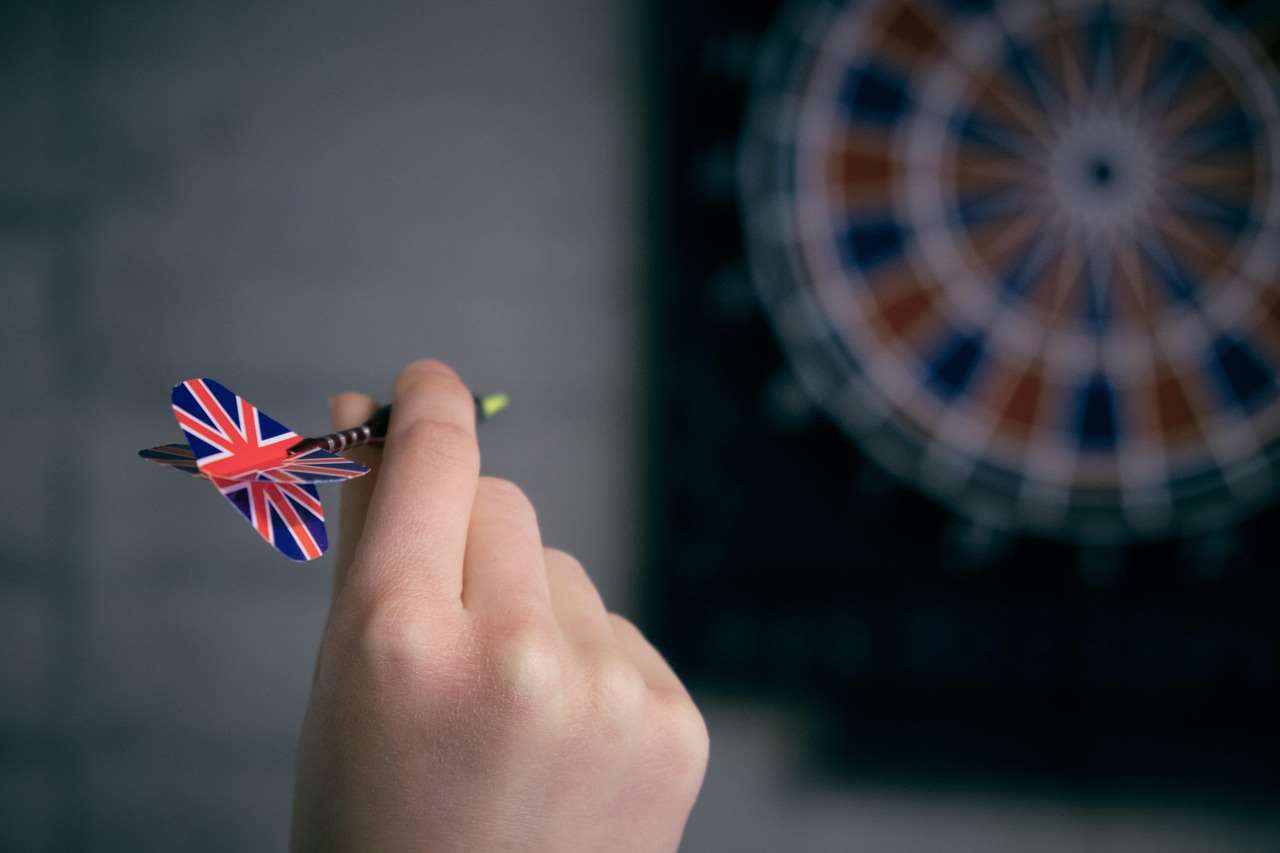
While luck plays a role, strategic play is key to mastering Golf darts. Here are some actionable strategies to help you lower your score:
- Consistency is King: Focus on developing a consistent throwing motion. Accuracy trumps power in Golf darts.
- Target Practice: Dedicate practice time to the specific numbers you’ll be aiming for each round.
- Understand the Board: Know the layout of the dartboard and the numbers surrounding your targets. This knowledge helps when you inevitably miss.
- Strategic Risk Assessment: Weigh the risk and reward of aiming for the double or triple. Sometimes, playing it safe and hitting the single is the smarter move.
- Mental Game: Stay focused and avoid getting discouraged by bad rounds. Each round is a fresh start.
Equipment and Setup for Golf Darts
Setting up for a game of Golf darts is simple and requires minimal equipment:
- A Dartboard: A standard, regulation-size dartboard is essential.
- Darts: A set of darts for each player. Choose darts that feel comfortable and suit your throwing style.
- A Throw Line (Oche): Clearly mark the throwing line. The standard distance is 7 feet 9 1/4 inches from the face of the dartboard.
- A Scoreboard: A whiteboard, chalkboard, or even a piece of paper will suffice to keep track of the scores.
Proper dartboard setup is crucial for fair play. Ensure the board is hung at the correct height (bullseye at 5 feet 8 inches from the floor) and that the throw line is accurately measured.
Why is the standard ruleset the Most Popular Golf Darts Ruleset?
There are several reasons the standard Golf darts ruleset reigns supreme:
- Simplicity: The rules are easy to understand and remember, making it accessible to players of all skill levels.
- Balance of Skill and Luck: While skill is crucial, a bit of luck can add excitement and level the playing field.
- Strategic Depth: The game offers strategic challenges, requiring players to think about their shots and manage risk.
- Replicating Real Golf: The game successfully simulates the scoring system of real golf, adding to its appeal.
- Adaptability: It’s easy to adapt the **Golf darts ruleset** to suit different skill levels and preferences by using the above variations.
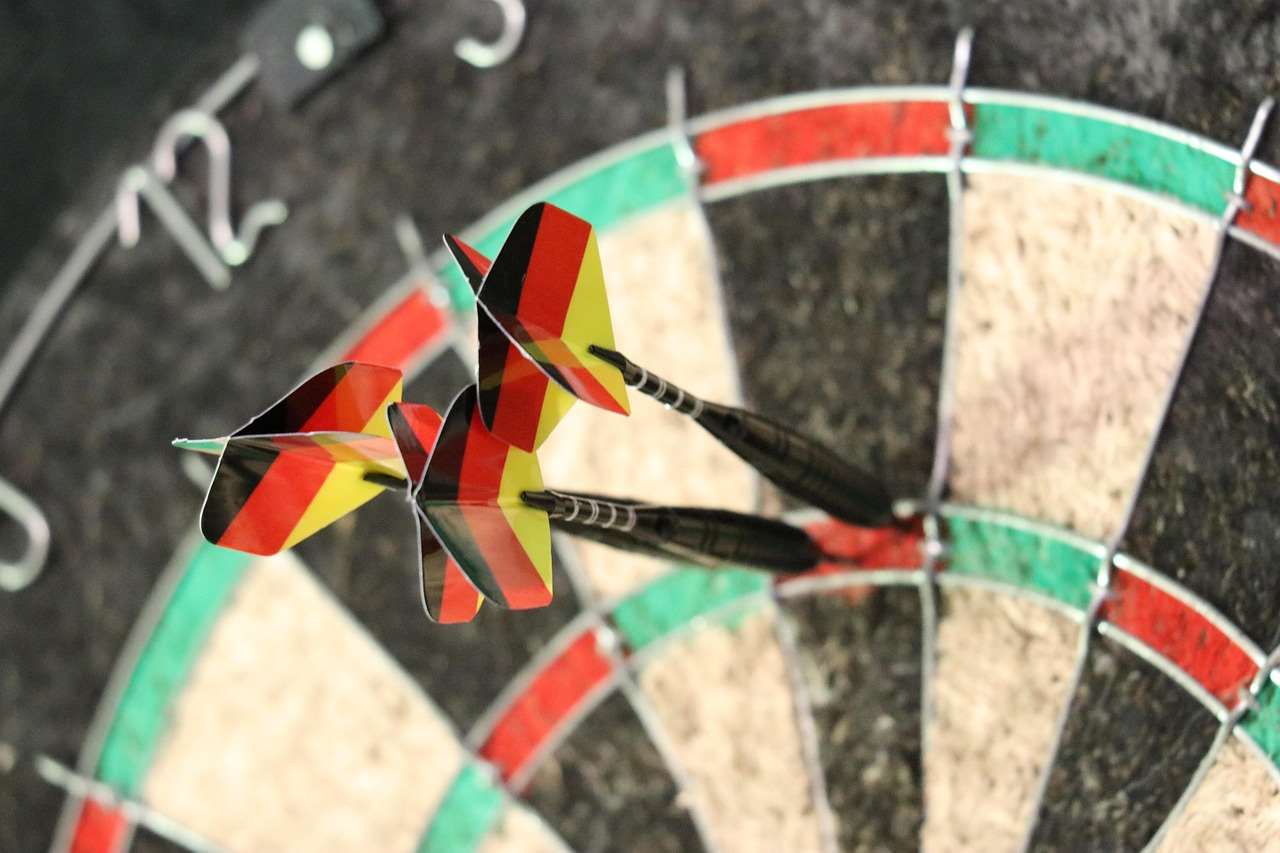
Related Games and Darts Variants
If you enjoy Golf darts, you might also like other darts variants that combine skill and strategy. One exciting example is Darts Variants Fun Games which offers a wide array of game types to try. Similarly, games like Cricket (also known as English Cricket darts rules) requires both accurate targeting and strategic play, making it a popular choice among dart enthusiasts.
Tips for Improving Your Golf Darts Game
Besides consistent practice, here are some more specific tips to elevate your Golf darts performance:
- Analyze Your Weaknesses: Identify the numbers you struggle with most and dedicate extra practice to those targets.
- Develop a Pre-Throw Routine: A consistent routine helps you stay focused and relaxed before each throw.
- Experiment with Different Darts: Find darts that suit your grip and throwing style. Different weights and shapes can make a difference.
- Watch and Learn: Observe experienced players and analyze their techniques.
- Track Your Progress: Keep a record of your scores to monitor your improvement over time.
Common Mistakes to Avoid in Golf Darts
Avoiding common pitfalls can significantly improve your scores. Here are some frequent mistakes to watch out for:
- Inconsistent Throwing Motion: A jerky or erratic throwing motion leads to unpredictable results.
- Poor Grip: A grip that’s too tight or too loose can affect your accuracy.
- Looking Up Too Soon: Keep your eye on the target throughout your throwing motion.
- Ignoring Your Follow-Through: A proper follow-through helps maintain accuracy and consistency.
- Playing When Tired or Distracted: Fatigue and distractions can negatively impact your performance.
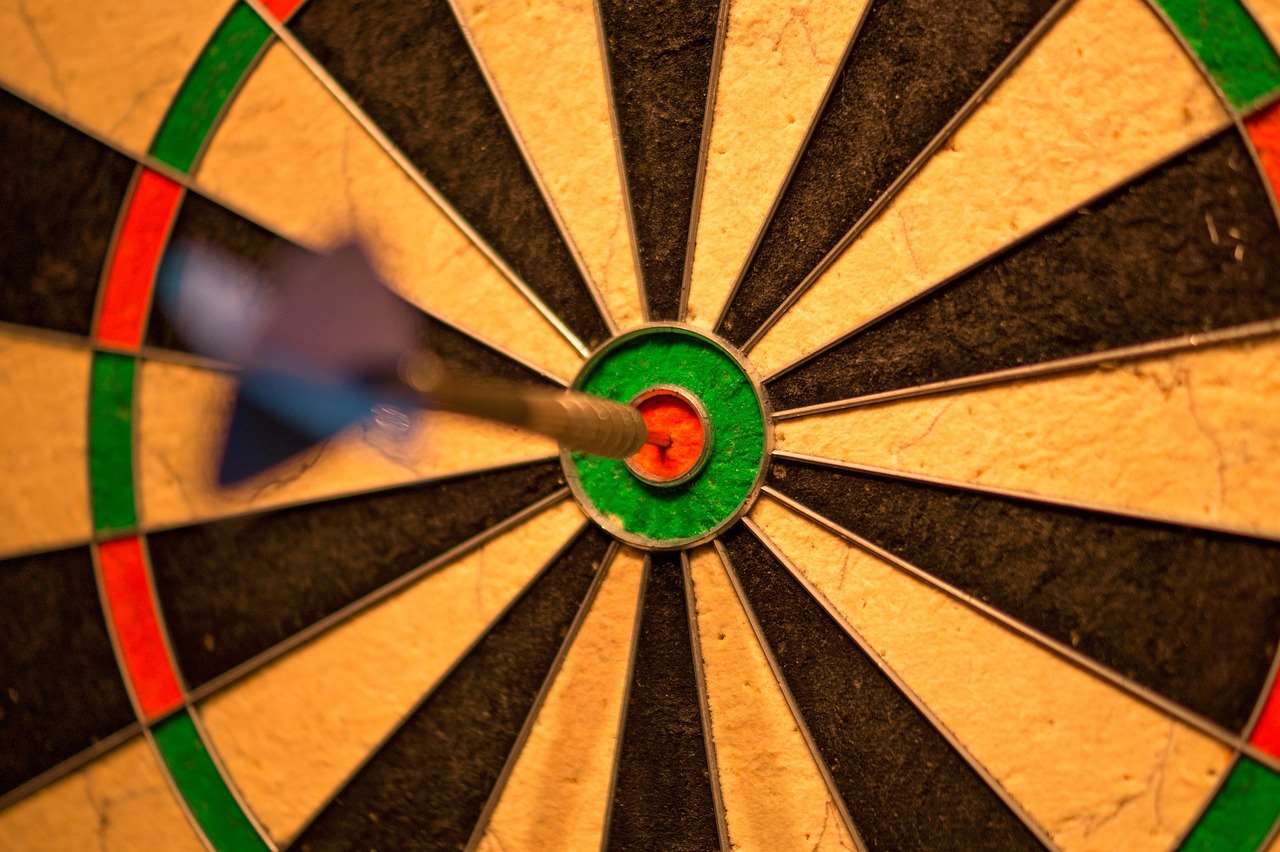
The Social Aspect of Golf Darts
Beyond the competitive element, Golf darts is a great social activity. It’s easy to learn and play with friends and family, regardless of their dart-playing experience. The game fosters camaraderie and provides a fun way to spend time together. The simplicity of the **most popular Golf darts ruleset** makes it perfect for social gatherings.
Online Golf Darts and Virtual Play
With advancements in technology, you can now play Golf darts online with players from around the world. Several online platforms and apps offer virtual dartboards and scoring systems, allowing you to compete remotely. This is a convenient way to practice and enjoy the game, even when you can’t play in person.
Advanced Strategies: Thinking Like a Pro
Once you’ve mastered the basics, consider employing advanced strategies to further refine your game:
- Target Number Psychology: Understanding the psychology behind each number can help. Numbers adjacent to your target can be strategically used for deflection if you’re slightly off.
- Defensive Play: If you’re significantly ahead, consider playing defensively by consistently aiming for the single target number, minimizing the risk of a high-scoring round.
- Adapt to Your Opponent: Observe your opponent’s strengths and weaknesses and adjust your strategy accordingly. If they are struggling, aim for consistency, if they’re playing well, be a bit more aggressive.
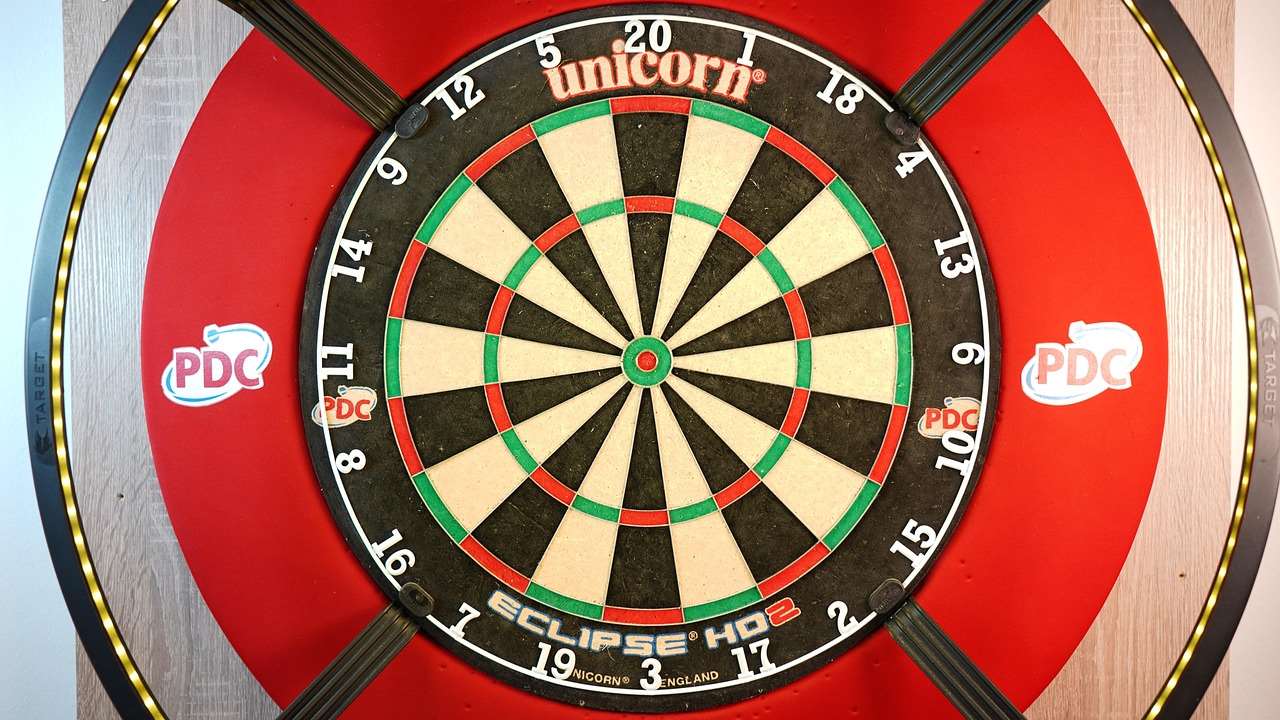
Conclusion: Embrace the Fun of Golf Darts
The **most popular Golf darts ruleset** offers a captivating blend of skill, strategy, and social interaction. Whether you’re a seasoned dart player or a complete beginner, Golf darts provides hours of entertainment. By understanding the rules, mastering the strategies, and avoiding common mistakes, you can improve your game and enjoy the thrill of competition. So, grab your darts, gather your friends, and experience the fun of Golf darts for yourself!
Ready to take your game to the next level? Explore different Darts variants to find your next favorite way to play!
Hi, I’m Dieter, and I created Dartcounter (Dartcounterapp.com). My motivation wasn’t being a darts expert – quite the opposite! When I first started playing, I loved the game but found keeping accurate scores and tracking stats difficult and distracting.
I figured I couldn’t be the only one struggling with this. So, I decided to build a solution: an easy-to-use application that everyone, no matter their experience level, could use to manage scoring effortlessly.
My goal for Dartcounter was simple: let the app handle the numbers – the scoring, the averages, the stats, even checkout suggestions – so players could focus purely on their throw and enjoying the game. It began as a way to solve my own beginner’s problem, and I’m thrilled it has grown into a helpful tool for the wider darts community.